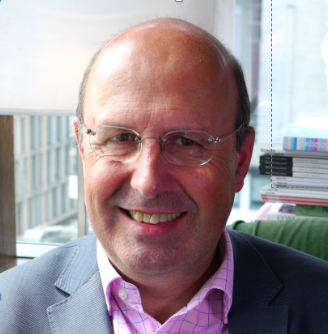You can sign up to our LinkedIn newsletter here.
During the general election campaign of June 2024, the Centre for Ageing Better set out a framework for the 50+ employment commitment. Simply, they were calling on all parties to drive up the employment rate of people in their 50s, 60s and beyond, including ensuring that the employment rate for people aged 50 to 64 should rise above 75% by 2030.
So what would that mean?
According to their modelling, achieving this could increase GDP by £9 billion a year and income tax and national insurance revenues by £1.6 billion a year—valuable sums of money. However, some significant challenges need to be addressed to meet this commitment.
One key challenge is that although workers aged 50 and over are a hugely diverse group, two groups of issues present barriers to their employment. Firstly, those with caring responsibilities; between 55 and 64 is the peak age for unpaid caring. Associated with this is work-limiting health. Over half of all people who are out of work due to their health are aged 50 to 64.
Alongside these practical barriers, the second barrier is the attitudinal barrier. Ageism and age bias are rife in the labour market. You limit opportunities to return to and continue working in your 50s, 60s and beyond. Almost one in three workers aged 50 to 70 who left their position during the pandemic say they experienced age discrimination when looking for work.
Double long-term unemployment rate
As a result, people in their 50s and 60s are nearly twice as likely as younger adults to become long-term unemployed once out of work. In the same way that only one in ten disabled people out of work engage in back-to-work support, only one in ten people aged 50 to 60 engage in back-to-work support. Their outcomes are significantly worse than the all-age average, with the likelihood of getting a job from employment support declining steadily with age.
Want Work; Can’t Work – Labour isn’t Working
As we get older, this issue will become more intense. Even today (June 24), 700,000 people aged 50 to 64 in this country would like to be at work but are not.
Remember those days when a million unemployed were headlines during election campaigns? Similarly, the 50+ employment commitment could make a substantial difference not only to older people but also to the economy and society.
Ageism and the Six Pillars of the 50+ Employment Commitment: Part Two

Charles McLachlan is the founder of FuturePerfect and on a mission to transform the future of work and business. The Portfolio Executive programme is a new initiative to help executives build a sustainable and impactful second-half-career. Creating an alternative future takes imagination, design, organisation and many other thinking skills. Charles is happy to lend them to you.
